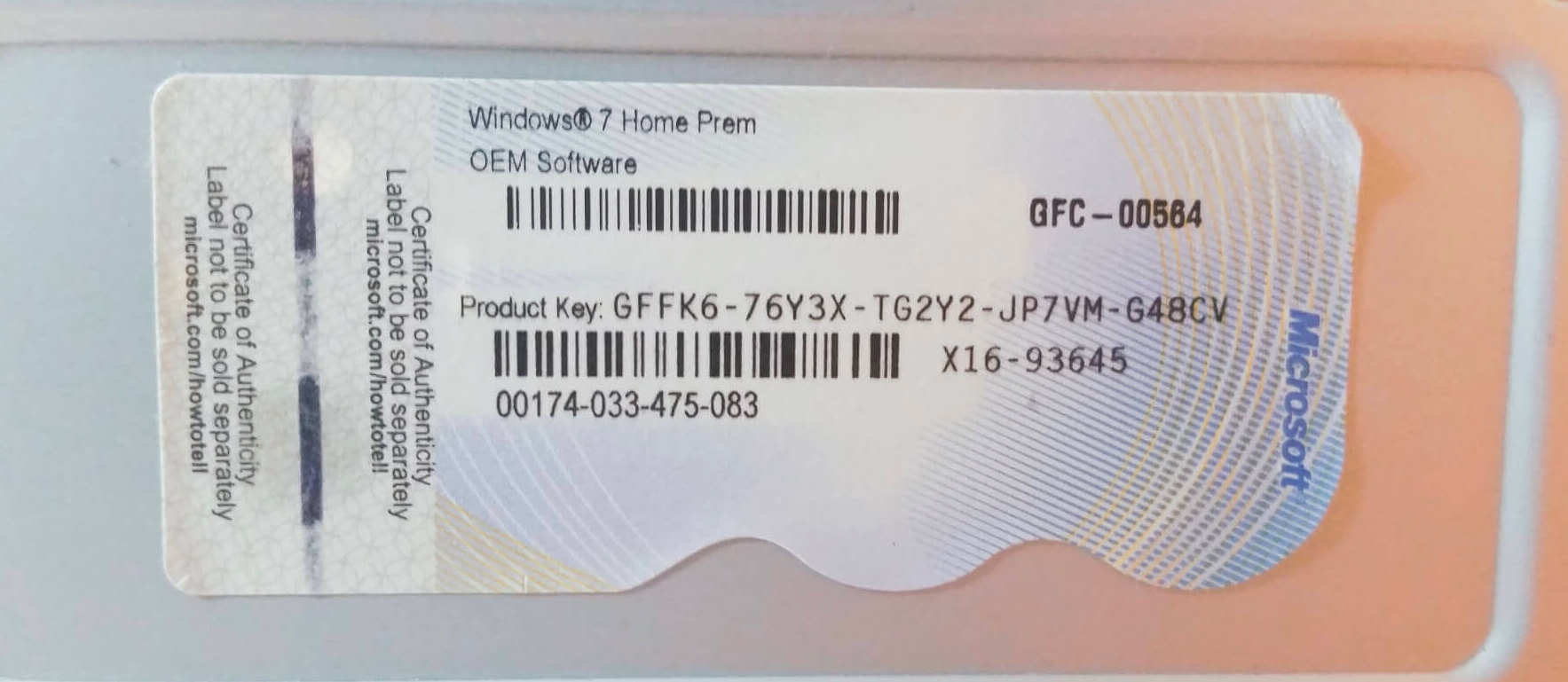#ThrowBackThursday For a long time Windows PCs (OEMs) came with a product key sticker with your license info, but now manufacturers are storing this license within the machine's UEFI/BIOS, so the information is retrieved and applied automatically. Furthermore, your Windows license can now be tied to your Microsoft account. Let us explain...
https://www.techspot.com/guides/1760-find-your-windows-product-key/
